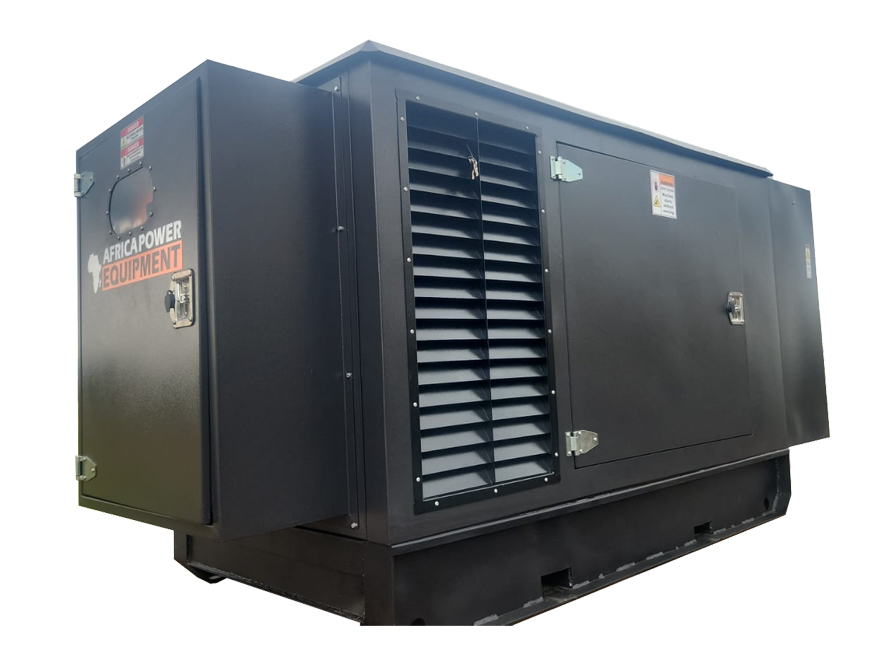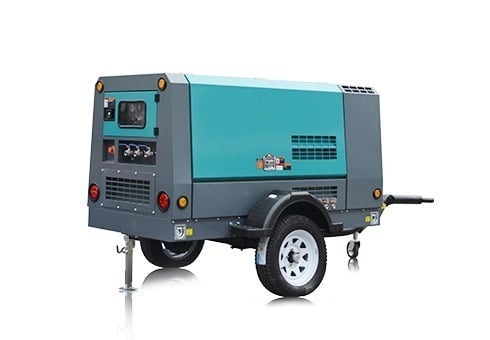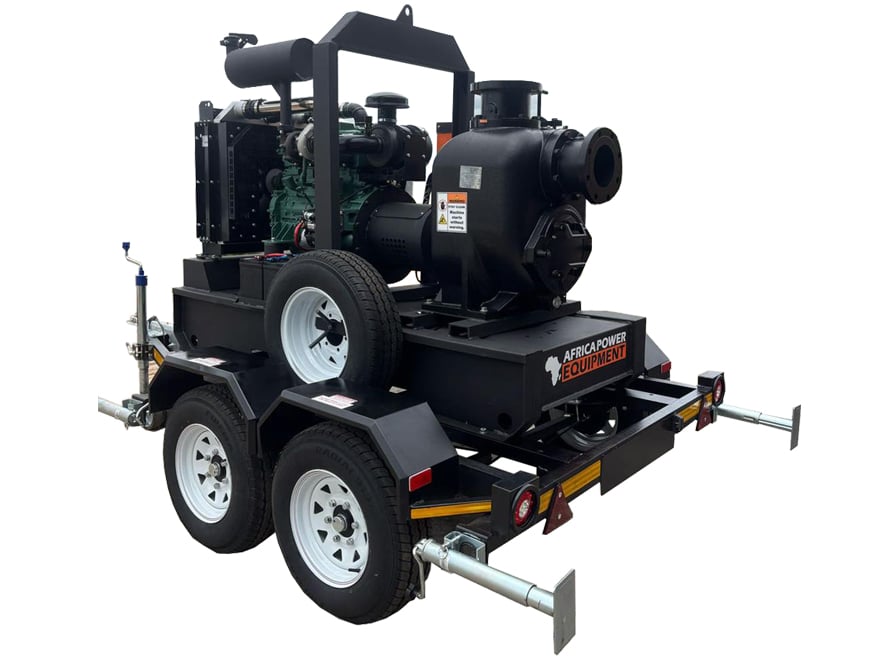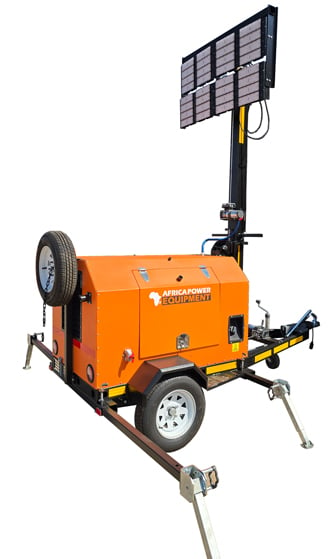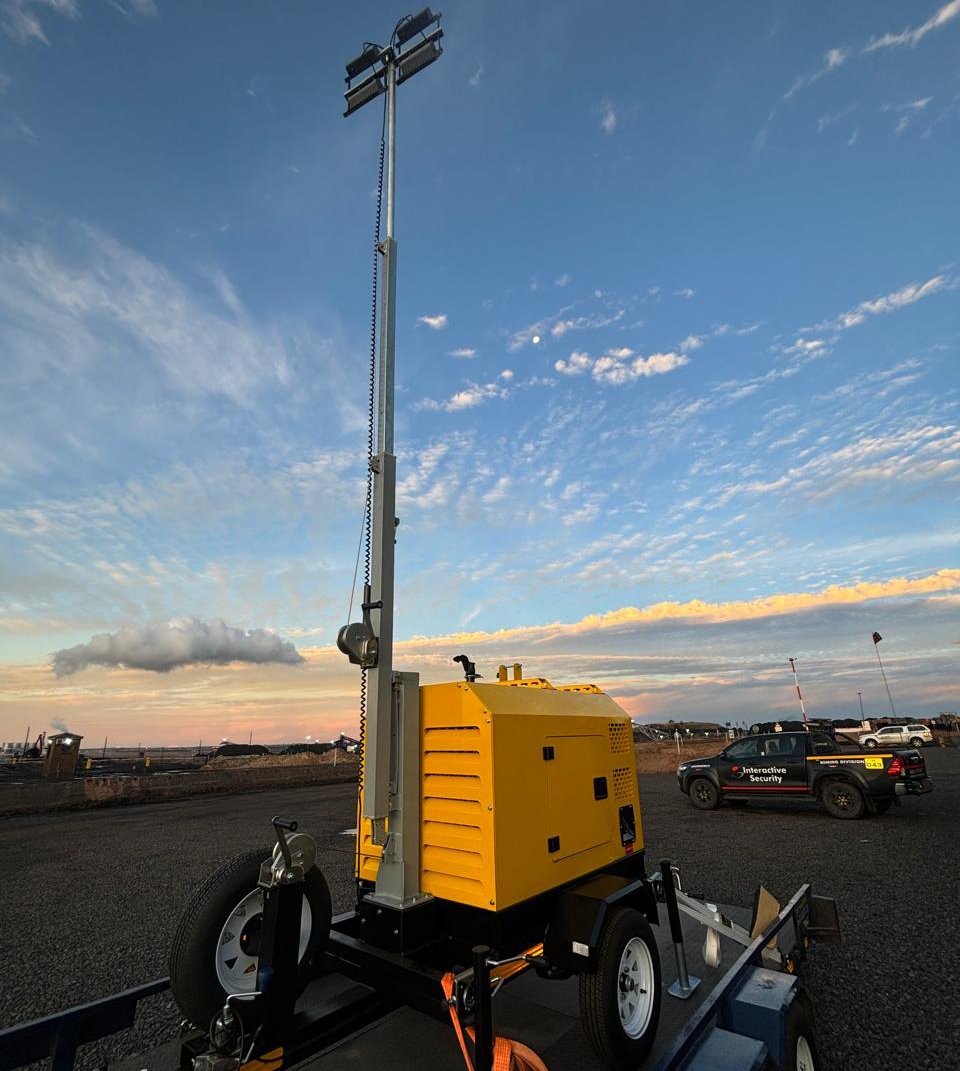Are Lighting Towers Fuel Efficient? A Practical Guide for Buyers
Lighting towers are essential for night-time operations in construction, mining, events, and emergency services — but with rising fuel costs, fuel efficiency is becoming a critical consideration. In this article, we’ll explore how fuel-efficient modern lighting towers really are, what affects their consumption, and how to choose the best model for your needs.
Quick Answer (Featured Snippet Style)
Yes, modern lighting towers are fuel efficient. Diesel lighting towers can run up to 70–100 hours on a full tank, consuming as little as 0.5–1.5 litres of diesel per hour depending on the model and lamp type (e.g., LED vs metal halide). Choosing LED lights, auto-dimming features, and eco-mode settings can significantly improve fuel savings.
1. What Affects the Fuel Efficiency of a Lighting Tower?
Several factors influence how much fuel a lighting tower consumes:
| Factor | Impact on Fuel Efficiency |
|---|---|
| Lamp Type | LED lights use 60–80% less fuel than metal halide |
| Engine Size & Type | Smaller, 3-cylinder diesel engines burn less fuel |
| Load/Power Draw | Running at full brightness uses more fuel |
| Operating Conditions | Hot, dusty, or high-altitude areas may reduce efficiency |
| Idle Time & Eco Mode | Units with auto-dimming or timers use significantly less fuel |
2. Comparing Fuel Consumption Rates
| Lighting Tower Type | Lamp Type | Fuel Consumption | Runtime per Tank (Typical) |
|---|---|---|---|
| Diesel Lighting Tower (Standard) | Metal Halide | 1.0 – 1.5 L/hr | 50–70 hours |
| Diesel Lighting Tower (LED) | LED | 0.5 – 0.9 L/hr | 80–100+ hours |
| Hybrid Solar-Diesel Tower | LED + Battery + PV | <0.3 L/hr (backup) | Up to 300 hrs (minimal fuel) |
| Electric/Plug-in Tower | LED | No fuel used | Based on grid power/inverter |
⚡ LED lighting towers consume significantly less fuel and offer longer runtimes than older halide-based models.
3. LED vs Metal Halide: Which Is More Fuel Efficient?
| Feature | LED Lighting Tower | Metal Halide Tower |
|---|---|---|
| Power Draw | 300–1000W per lamp | 1000–2000W per lamp |
| Fuel Usage | Lower | Higher |
| Brightness (Lumens/Watt) | 100–150 lm/W | 75–100 lm/W |
| Warm-Up Time | Instant | 3–10 minutes |
| Maintenance | Minimal | Frequent bulb replacements |
| Best Use Case | Long shifts, mobile worksites | Fixed installations (if already owned) |
🔍 LED lights are not only more efficient but also last 5–10 times longer than metal halide bulbs.
4. Real-World Use Case: Construction Site Efficiency
Let’s say you run a site that needs lighting for 10 hours per night, 6 days a week:
-
Metal Halide Tower @ 1.4 L/hr = 84 litres/week
-
LED Tower @ 0.7 L/hr = 42 litres/week
Over a 12-week project:
-
Metal Halide = 1,008 litres
-
LED = 504 litres
➡️ Fuel Savings = 504 litres (approx. R12,000–R14,000 saved at current diesel prices)
5. Tips to Maximise Lighting Tower Fuel Efficiency
-
✅ Choose LED over halide for long-term use
-
✅ Use auto start/stop timers to limit idle operation
-
✅ Install light sensors or dimmers for partial illumination needs
-
✅ Regularly service the engine for optimal burn
-
✅ Consider hybrid or solar-assisted models for daytime charging and night operation
6. Are Solar and Hybrid Lighting Towers Worth It?
Yes, especially for eco-conscious or remote operations.
-
Solar towers use PV panels and battery storage for zero-fuel lighting
-
Hybrid models use diesel only when battery runs low
-
Ideal for mining camps, road works, disaster zones
Downsides: Higher upfront cost and less effective in overcast regions without sufficient battery storage.
7. Frequently Asked Questions
How long will a 100-litre fuel tank last on a diesel lighting tower?
With a consumption rate of 1 L/hr, you’ll get around 100 hours of continuous runtime. With LED models, potentially 120–140+ hours.
Are all LED towers more fuel efficient?
Yes, though efficiency varies between models. Look for A-rated or low-Wattage high-lumen units for best performance.
Can lighting towers be run on alternative fuels?
Most diesel models are compatible with biodiesel blends, but check with the manufacturer to avoid warranty voids.
How often should I service a lighting tower engine?
Generally, every 250 hours, or after each long project. Filters and oil changes help maintain fuel efficiency.
Conclusion
Lighting towers have come a long way in fuel efficiency, especially with the adoption of LED technology and hybrid power systems. By selecting the right model and using smart operation techniques, you can cut fuel costs by 30–60%, reduce downtime, and increase sustainability on your site.
Ready to upgrade to a fuel-efficient lighting tower?
👉 Explore our range of LED, diesel, and hybrid lighting towers at Africa Power Equipment — South Africa’s go-to for high-performance mobile lighting solutions.

